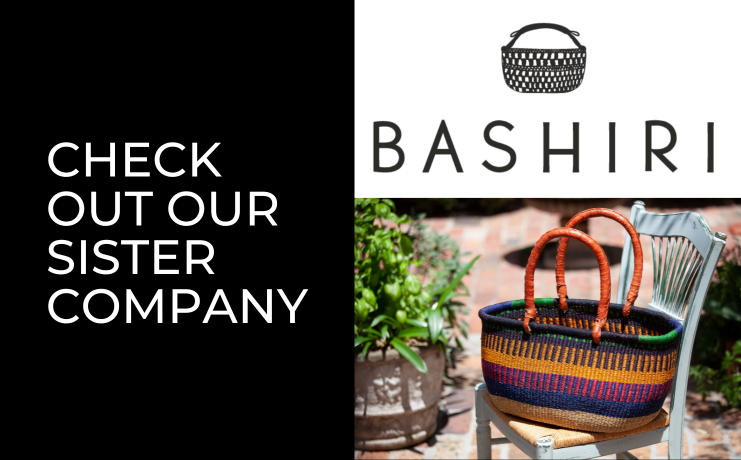A Detailed Guide to Finding Your Ideal Djembe
Choosing a djembe is more than just picking any drum off the shelf. It’s about discovering that perfect instrument that resonates with you, both in sound and feel. Here’s a comprehensive guide to help you navigate the intricate world of djembe selection.
Height Considerations
The height of your djembe is critical for comfort. The typical height range for djembes is between 60cm to 65cm. When seated, the rim of the drum should be a few inches above your thigh. It shouldn’t be level with your leg or more than 4 inches above it. This ensures optimal playing posture and comfort.
Skin Thickness
The hide or skin of your djembe is essential to its sound and playability. For those just starting, we recommend choosing thin or medium skins. Thinner skins are more responsive and gentler on the hands, making them perfect for beginners.
Diameter Details
The diameter of the drumhead is another important factor. The standard head size for djembes is 12 inches, but depending on your hand size and preference, you might prefer a diameter ranging from 11 inches to 14 inches. Try different diameters to find the one that feels most comfortable and produces the sound you desire.

Wood Type
The shell material greatly affects the tone and sound quality of the djembe. Look for drums made from a single piece of timber for the best resonance. Entry-level drums often use medium-density woods, while premium djembes are crafted from hardwoods by skilled artisans. Hardwoods provide a wider and richer tonal range, making them a favorite among seasoned players and professionals.

Additional Features
Consider extra features that may enhance your playing experience. Some drums have a Guinean aesthetic style of skinning, where the hide overlaps the rim. While this doesn’t affect the sound, it adds unique visual appeal. Additionally, rubber treads are often added to the base of the drum for protection and stability. This acts as a shock absorber and prevents slipping during intense playing sessions.
Personal Taste
Ultimately, choosing a djembe is about personal preference. Take the time to try out different drums, feel their weight, listen to their sound, and assess their playability. Consider your skill level, playing style, and budget when making your selection. Whether you’re a beginner or a seasoned pro, investing in the right djembe will elevate your musical journey.
We’d love to help you find your first djembe – how exciting! We can send you a video with selected djembes, chosen just for you. Send us your details below; it’s a quick and easy way to find the best drum for you.


